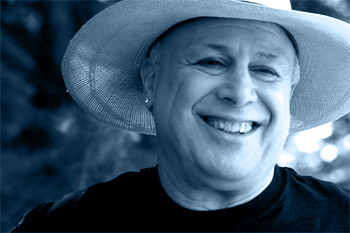
How about a 9-up coin slab set around the American Revolution? Problem is, the post-Colonial issues are through the roof. I’ve thought of a solution: use the death dates of the participants. This brings us to affordable currency, at any rate. I’ve already made up a 9-up of the Civil War, the Jesse James gang, women of the Old West, history of golf, world sports and now, I’ve found the coins that enable me to commemorate “the shootout at the OK corral”. It comes to exactly eight shooters, if you count the two gutless wonders that ran away the moment the first shot was fired. It features a rare centerpiece coin, using the starting and ending dates of the OK Corral in Tombstone, Arizona in the 1870s and ’80s — ah, those were the good old days, right?
Don’t you believe it.
Things were rough in those days, and I’m not just talking about the toilet paper, although that happens to be a big issue with me regarding historical re-enactments. I’ll go along with the marching stuff and the ridiculous costumes we have to wear, but the whole paper household goods thing is totally an issue with me — I’ll explain.
If you’ve ever had to manipulate 144 little carved buffalo horn buttons through doily-embroidered button-holes or done up a 56 button shoe, or perhaps strapped yourself into a whalebone-reinforced dainty of the mid-Victorian Period, you’ll know exactly what I mean.
It’s the sheer discomfort of it all.
You may not remember it well, but I do … stuck in the middle of the Middle Ages, slogging through the mud, snow, rain and rocky terrain with feet wrapped in stuff — cheap stuff, too — instead of shoes or boots, because back in those days, what peasant could afford shoes? And unless you happened to automatically be born with shoemaker skills, you could hardly have made your own.
So what’s a poor 6th century woodcutter to do?
I did what everyone else did at the time; I took a piece of slightly softened sort of tanned but still quite odoriforous cowhide and wrapped it around my foot, and tied it in place with a bit of other stuff, then did the same with the other foot. It wasn’t shoes, but it was the best we could manage until the 18th century, when middle-class tradesmen were accessible to us poor folk.
I remember how it felt to carry a post-Colonial penny, do you?
First of all, it weighed a ton. They’re a hell of a lot bigger than you’d think, and a whole lot thicker, too. Think of a silver quarter stuck to another quarter and you’ve almost got it.
You couldn’t carry a whole lot of them, even in a pouch, but it was all about the exact street value of the bullion involved; bullion that carried an image of the emperor or local king who personally guaranteed the purity and weight of every single coin manufactured in his realm.
At least, those made by the official mint. The counterfeiter mints made them at about the same time, generally with stolen or discarded dies.
When I have certain post-Colonial coins in my hand, I get instant access to the memories associated with those past lives. Have you noticed this effect?
Well, with post-Colonials, the effect is even stronger.
I suspect that it’s a combination of things: the precise formula of copper and other things to make this particular kind of copper coin; perhaps the design — Liberty is very powerful in this portrait; what happened to these particular coins, meaning where they spent their lives while in circulation and when and where they ended up where they did.
Every coin has a story to tell, and at the same time, it can open up a window to YOUR story, too!
This is just another reason I like the Zen Coin Practice.
You’ll be able to read about the practice much more when we get zencoin.com up and running.
Your first goal is to be able to tell a mint coin from a bright & shiny coin. Good luck.
See You At The Top!!!
gorby

